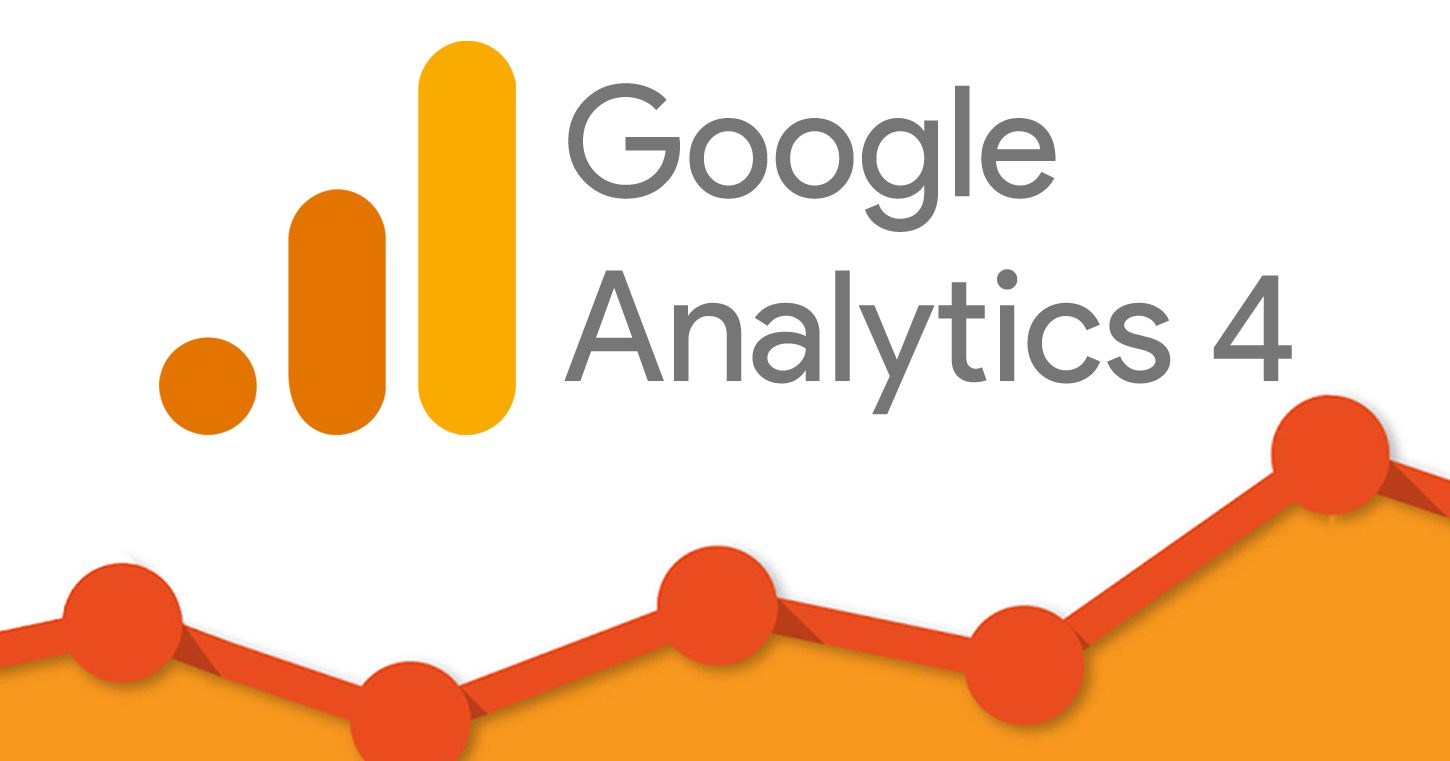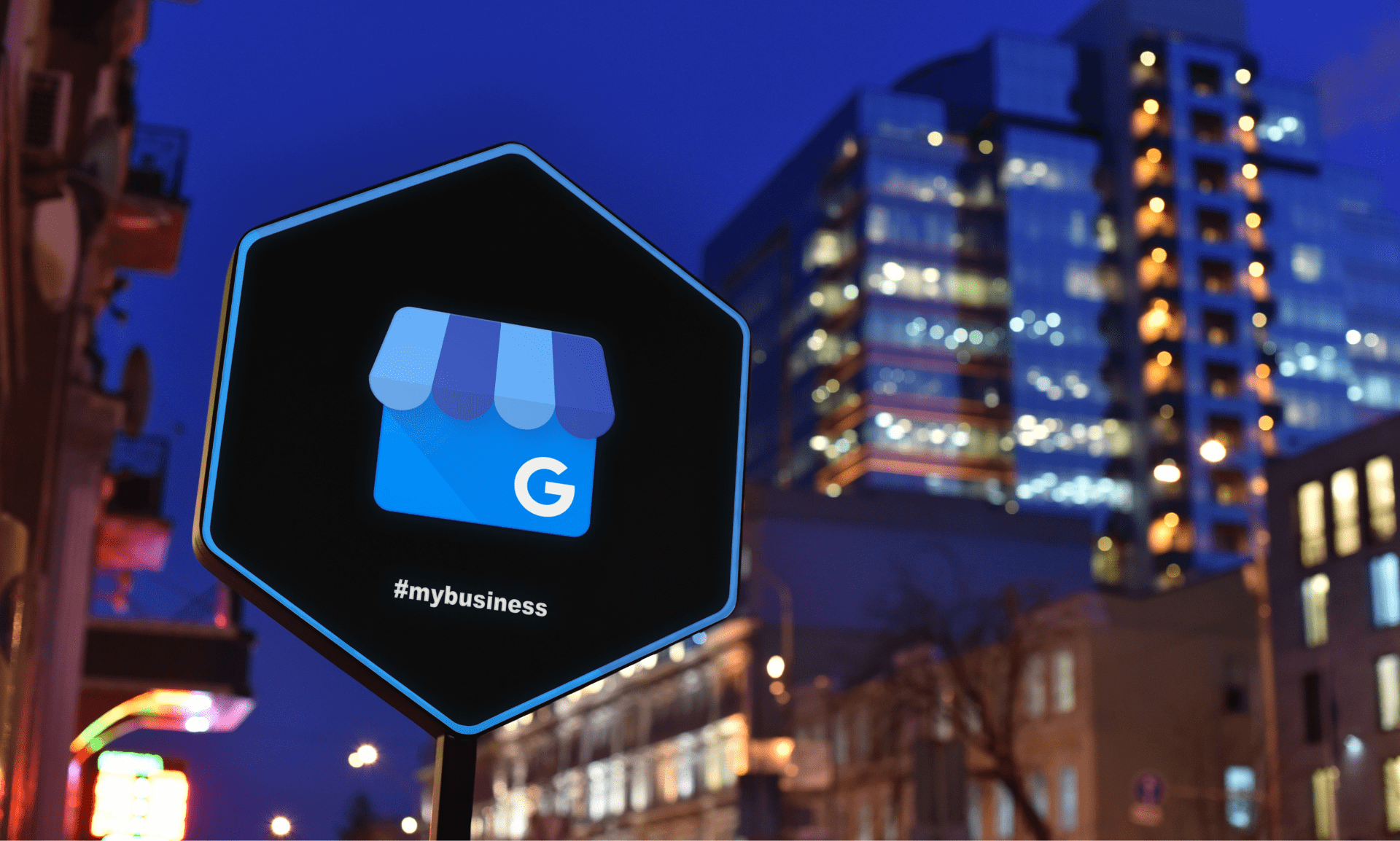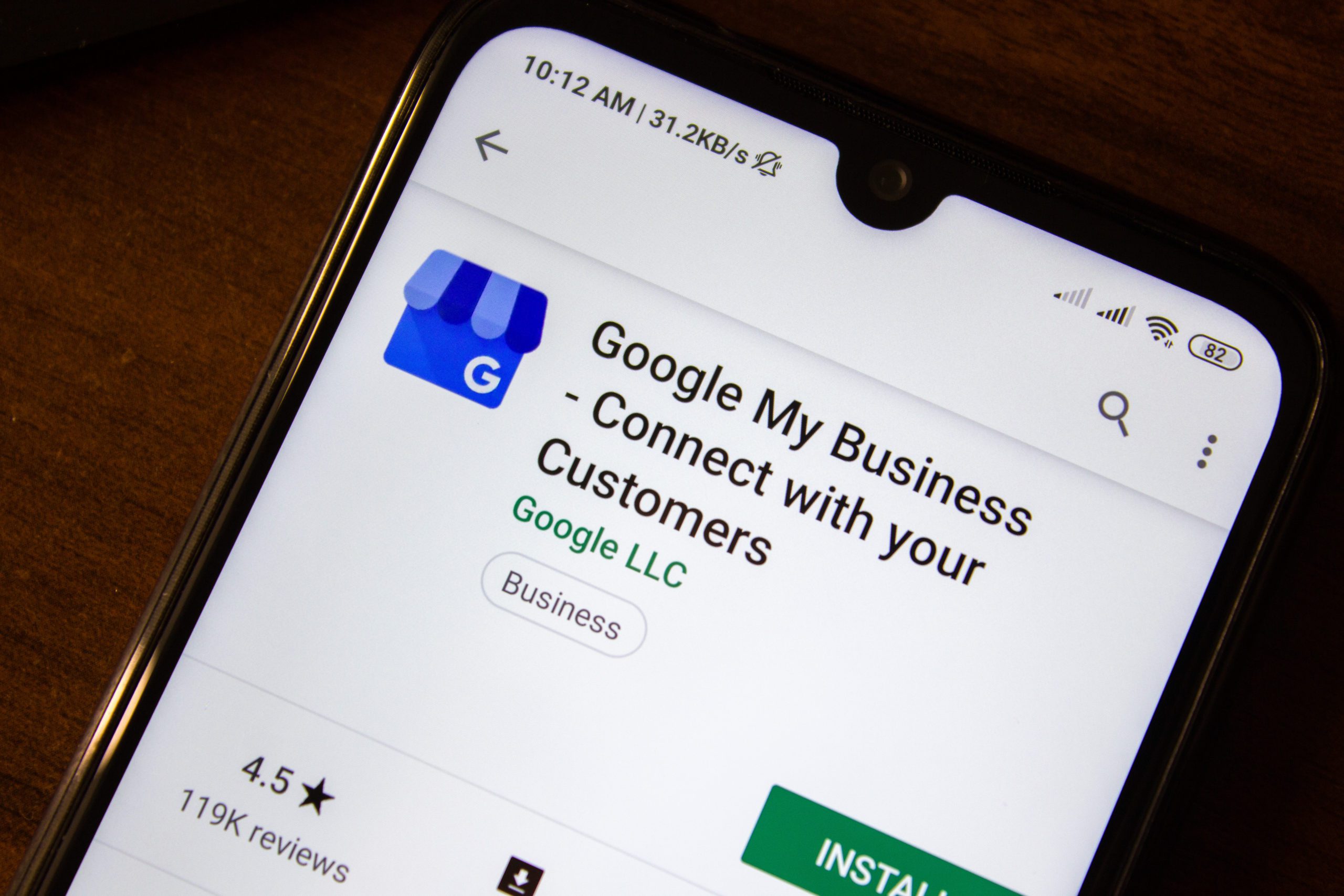Google’s Helpful Content Update: What You Need to Know

Web pages should help people–not please the search engines.
Even Google–the biggest search engine in the world–stresses that!
In the upcoming weeks, Google is rolling out its Helpful Content update as another way to connect people with the best information to suit their needs. This update focuses on a satisfying visitors’ experience when clicking through to a webpage on the search results.
As with many major Google updates, it’s met with some anxiety. It may change traffic patterns to your website. Hopefully, that change is MORE traffic, but that’s not always the case.
How do you weather the storm of yet another Search update?
Suppose you’ve been following the sage, longstanding advice of writing content that resonates with your audience while adhering to SEO best practices. In that case, you may not have much to worry about. In fact, you may have reason to celebrate, because soon you could see a boost in your traffic.
Even if you went a little SEO technique overboard on some of your pages, there is still hope. Let’s learn more about the update, what it addresses, and how to prepare your website for it.
What is the Helpful Content Update?
Google is constantly refining its system to provide the most helpful, relevant search results for any query. It’s not a new thing–in 2021, over 5,000 updates rolled out.
The Helpful Content update focuses on the user experience. It wants to highlight content made to inform the reader–not attract clicks. Content created for people by people will become easier to find because it will rank higher on search results.
A similar update occurred last year when Google addressed product review content. Unoriginal, low-quality product reviews that were more of a rehash of what other websites said dropped in rankings. High-quality, first-person reviews (where it appears the reviewer actually tried the product) were featured on that much-desired first page of the search results.
This update has a more extensive reach and can especially impact online education, arts & entertainment, shopping, and tech content. Also, websites that involve health, financial stability, the safety of people, or the welfare/well-being of society get extra scrutiny. Google refers to these topics as “Your Money Your Life”–YMYL for short.
Search Quality Raters
One way Google is approaching the Helpful Content update is by using Search Quality Raters. The search engine works with around 14,000 external Search Quality Raters who provide ratings based on specific guidelines. They consist of real users and use their best-informed judgment to represent a locale.
Search Quality Raters look at your content in a 3-step process:
- Determine the page’s purpose (news, shopping, education, etc.).
- Assess for content that is harmful or may potentially cause harm.
- Determine a rating based on several factors, especially if the content meets the needs of a potential user’s intent.
The main criterion for page quality can be summed up with a simple acronym, EAT. This means your website highlights the:
- Expertise of the creator
- Authoritativeness of the creator, content, and website
- Trustworthiness of the creator, content, and website
Determining page quality involves reviewing a website’s primary content, information about the website and creator, and opinions of real users and experts on the topic featured in the website.
Then the quality is rated on a scale of lowest (low-quality pages containing harmful information) to highest (page is beneficial and serves its purpose).
Ratings are not based on the Raters’ opinions, preferences, religious beliefs, or political views.
Is Your Content Person-First?
Google wants to ensure each search query leads to content that satisfies the user experience. Websites that provide this experience get rewarded with higher rankings. Low-quality content loses visibility.
So, what factors help Google Search determine a site and its quality of content? Here are a few:
- The website has a primary focus.
- The content demonstrates first-hand experience and knowledge rather than rehashing others’ articles.
- Your existing audience would find the content valuable and helpful.
- The content leaves someone feeling satisfied and that they learned something.
- You are following best practices from the core update guidance.
Ultimately, if your content shows a command of the topic and provides original insights, it has a good chance of performing better.
Warning Signs of Search Engine-First Content
The quality rating of your content might be in trouble if you lean too heavily on SEO best practices without considering how the content would appear to someone visiting the site.
Here are some search engine-first content warning signs to look out for:
- The content was made to attract people from search engines, not satisfy a query.
- Your website produces content on several unrelated topics you think will do well in search results.
- You’re stuffing keywords or writing for a specific word count (outdated practices).
- Don’t have any expertise in the niche you’re creating content.
- Extensive automation is used to produce content on several topics.
- Your articles summarize what others say without adding your spin or added value.
- The content promises to answer a question that has no answer–like the release date of an album with no confirmed release date.
These warning signs indicate that your content may take a hit in the search rankings as this update rolls out.
Considering these next steps is still a good idea even if you feel your content doesn’t apply to what’s mentioned above.
Your Next Steps
Here are three things you can start doing now to get on the same page with the newest Google update:
Reevaluate Your Content
For each page or blog post, ask yourself, what is the intent of someone typing in a query that would lead to this page? Is that intent fulfilled?
Even better, have someone else read it. You have a connection to the content you created. You may not see it objectively enough to decide on the quality. Remember: those rating the quality of your page won’t be dazzled by a clever turn of a phrase or your story of triumph over something unless it satisfies the page’s purpose.
Remove Low-Quality Content
There’s a good chance you have a mixture of high-quality and lower-quality content on your site. You might have an excellent in-depth how-to guide of your area of expertise. And then there’s that blog you rushed through and published just because you felt you needed to put something out there.
Now is the time to prune your website. Cut out those weak articles. Remove any dead links. Let your high-quality content take center stage.
Sure, if most of your content is person-first and you have a couple of “ugly branches” of spun articles, it probably won’t mean a drastic change in your rankings. However, the more you cater to your audience, the more satisfied they’ll be.
Focus Your New Content Calendar
Once your website gets a pruning, allow it to grow with even better content. Create a content calendar based on the real-life needs of your audience and potential audience.
Consider this about your audience:
- What are common questions they ask?
- What worries them?
- What makes them connected to a topic?
- What new products or innovations would make an honest difference in their lives?
- How does the audience relate to others?
- What kind of content do they typically consume?
- How can you put an original spin on an important topic for them?
Build a content calendar around what you come up with during this brainstorm. And then write like you’re presenting to your audience–not a search bot.
Questions? Concerns? Send Afflatus Media a message.




